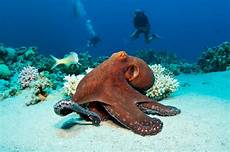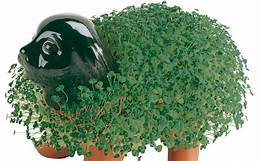What Do Salamanders Eat as a Pet?
Salamanders are fascinating creatures that make popular pets due to their unique appearance and interesting behaviors. As opportunistic feeders, they consume various foods in the wild, and their diet varies depending on the species. Understanding what salamanders eat is essential for providing them with a balanced and nutritious diet in captivity.

What Do Salamanders Eat in the Wild?
1. Insects:
• Salamanders primarily feed on insects. Their diet includes crickets, flies, grasshoppers, roaches, ants, and beetles. These insects provide essential proteins, fats, and other nutrients for growth and energy.
2. Worms:
• Earthworms and other worms form a significant part of the salamander's diet. They are a good source of protein, vitamins, and minerals.
3. Snails and Slugs:
• Salamanders also consume snails and slugs, which provide calcium and other essential nutrients.
4. Small Vertebrates:
• Some larger salamander species may prey on small vertebrates such as frogs, toads, and fish.
What Do Salamanders Eat as Pets?
1. Live Insects:
• As in the wild, live insects are a staple food for pet salamanders. Crickets, mealworms, waxworms, and fruit flies are commonly offered to salamanders.
2. Dried Insects:
• Dried insects can be an alternative to live insects. They are convenient and easy to store, but they may not be as nutritious as live insects.
3. Earthworms:
• Earthworms can be fed to salamanders as a source of protein, vitamins, and minerals.
4. Commercial Pellets and Gels:
• Commercially prepared salamander pellets or gels are specifically designed to meet their nutritional needs. These balanced diets provide essential vitamins, minerals, and other nutrients.
5. Snails and Slugs:
• You can occasionally offer snails or slugs to salamanders as a treat. However, ensure they are free of pesticides or parasites.
Feeding Frequency and Tips:
1. Feeding Frequency:
• Smaller salamanders may need to be fed daily or every other day, while larger species can be fed every two to three days.
2. Gut-Loading Insects:
• Gut-loading live insects with nutritious foods before feeding them to salamanders can increase the nutrients available to the salamander.
3. Variety:
• Providing a varied diet is essential to ensure salamanders receive all the necessary nutrients.
4. Water:
• Salamanders absorb water through their skin, so providing a clean and shallow water dish is crucial.
5. Consult Your Veterinarian:
• Always consult your veterinarian for specific dietary recommendations based on the species of salamander you own.
By providing a balanced and nutritious diet, you can help keep your pet salamander healthy and thriving in captivity.
Declaration: All article resources on this website, unless otherwise specified or labeled, are collected from online resources. If the content on this website infringes on the legitimate rights and interests of the original author, you can contact this website to delete it.





